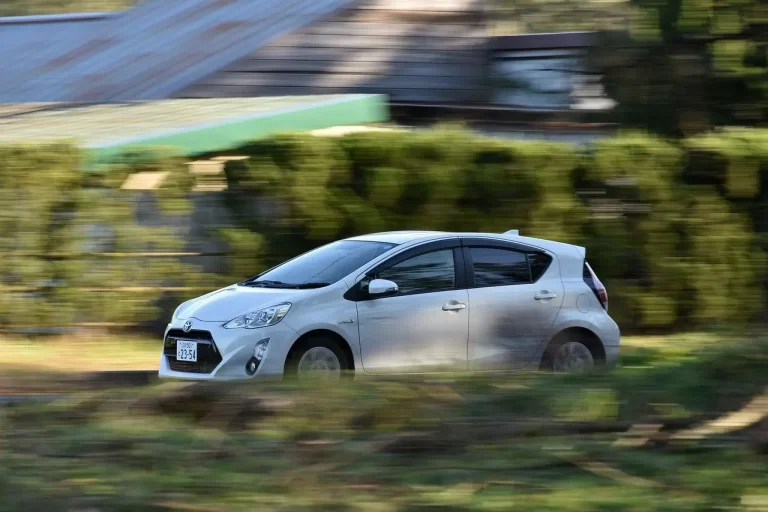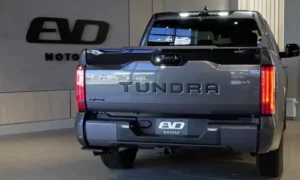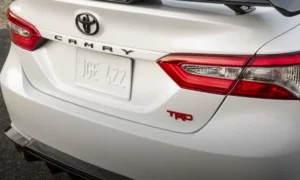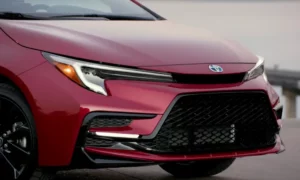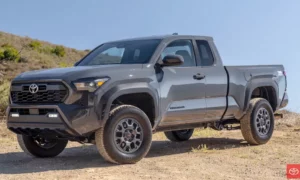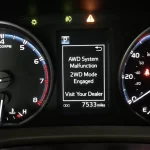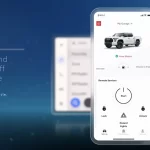You’ve seen the warning flash on your dashboard: “Traction battery needs to be protected.” Now what? This critical alert isn’t just another annoying car message—it’s your vehicle’s way of preventing potentially expensive damage to one of its most vital components.
What Is a Traction Battery?
A traction battery is the high-voltage powerhouse that drives your electric or hybrid vehicle. Unlike your standard 12V battery that powers accessories, traction batteries:
- Operate at much higher voltages (200-800V)
- Store significantly more energy
- Cost substantially more to replace ($5,000-$15,000)
- Drive the electric motors that move your vehicle
These batteries represent about 30-40% of your vehicle’s total cost, which explains why manufacturers are so keen on protecting them.
Why Your Traction Battery Needs Protection
Traction batteries face numerous threats that can shorten their lifespan and degrade performance. Understanding these risks helps you recognize why protection warnings appear.
Temperature Extremes
Both heat and cold can severely impact your traction battery:
- High temperatures accelerate chemical reactions inside battery cells, leading to premature aging. When temperatures exceed 95°F (35°C), some batteries can degrade up to five times faster than normal.
- Cold temperatures temporarily reduce performance and range. Below 32°F (0°C), some EVs can lose up to 40% of their range.
Most vehicles employ sophisticated cooling systems to maintain optimal battery temperature. When these systems can’t keep up, protection modes activate.
Charge Level Boundaries
Your vehicle creates invisible “buffer zones” at both ends of the battery capacity to prevent damage:
|---- Buffer Zone ----|------------- Usable Range -----------|---- Buffer Zone ----|
(About 13% of (What you see as 0-100%) (About 10% of
total capacity) total capacity)
When your dashboard shows 0%, you’re actually at around 13% of total capacity. Similarly, 100% on your display represents only about 90% of the battery’s actual capacity. This explains why your “14 kWh” battery might have an actual 18 kWh capacity.
These buffers prevent overcharging and complete depletion, both of which significantly harm battery chemistry.
Common Protection Scenarios You’ll Encounter
The “Neutral Position” Warning
One of the most frequent protection warnings occurs during car washes or when leaving your vehicle in neutral for extended periods. The message typically reads:
“Traction Battery Needs to be Protected. Refrain from the Use of N Position”
This appears because hybrid batteries can’t charge when in neutral. Without the ability to maintain proper charge levels, the traction battery could deplete to harmful levels.
Solution: Shift to Park whenever possible. If you must use neutral (like in a car wash), ensure your battery has adequate charge beforehand.
Low Charge Protection
When your traction battery charge drops below approximately 40%, protection mechanisms kick in automatically:
- In hybrids, the internal combustion engine will start running, even when stopped, to generate charge
- In EVs, power output may be limited to preserve remaining range
- Climate control systems may operate at reduced capacity
These steps maintain sufficient charge for critical functions while protecting the battery from deep discharge.
Temperature Management Warnings
During extreme temperatures, your vehicle might display messages indicating limited performance:
- “Limited power due to battery temperature”
- “Allow battery to warm up”
- “Battery cooling active – charging limited”
These aren’t just suggestions—they’re protective measures preventing potentially irreversible damage.
The Critical Relationship Between Traction and 12V Batteries
Your vehicle has a complex interdependent relationship between its high-voltage traction battery and conventional 12V battery:
- The 12V battery is required to close contactors (high-voltage switches) connecting the traction battery to vehicle systems
- The traction battery charges the 12V battery during normal operation
- If either battery fails, the entire system may become inoperable
Protection mechanisms prevent the traction battery from charging the 12V battery when:
- Traction battery charge falls below approximately 20-30%
- The 12V battery demands charging too frequently
- The vehicle is plugged in but not actively charging
As one expert notes: “The car stops recharging the 12v battery when the traction battery is less than about a third full. It preserves the traction battery (and range) at the expense of the 12v system.”
How Charge Mode Affects Battery Protection
Some hybrid vehicles feature a special “Charge Mode” that replenishes the traction battery using the internal combustion engine—useful when charging infrastructure isn’t available.
Testing reveals this mode significantly impacts efficiency:
- Normal hybrid driving: approximately 39 MPG
- Charge mode active: drops to around 29 MPG
At highway speeds (65 mph), this mode can recharge approximately 11 kWh (about 80% capacity) in about one hour of driving.
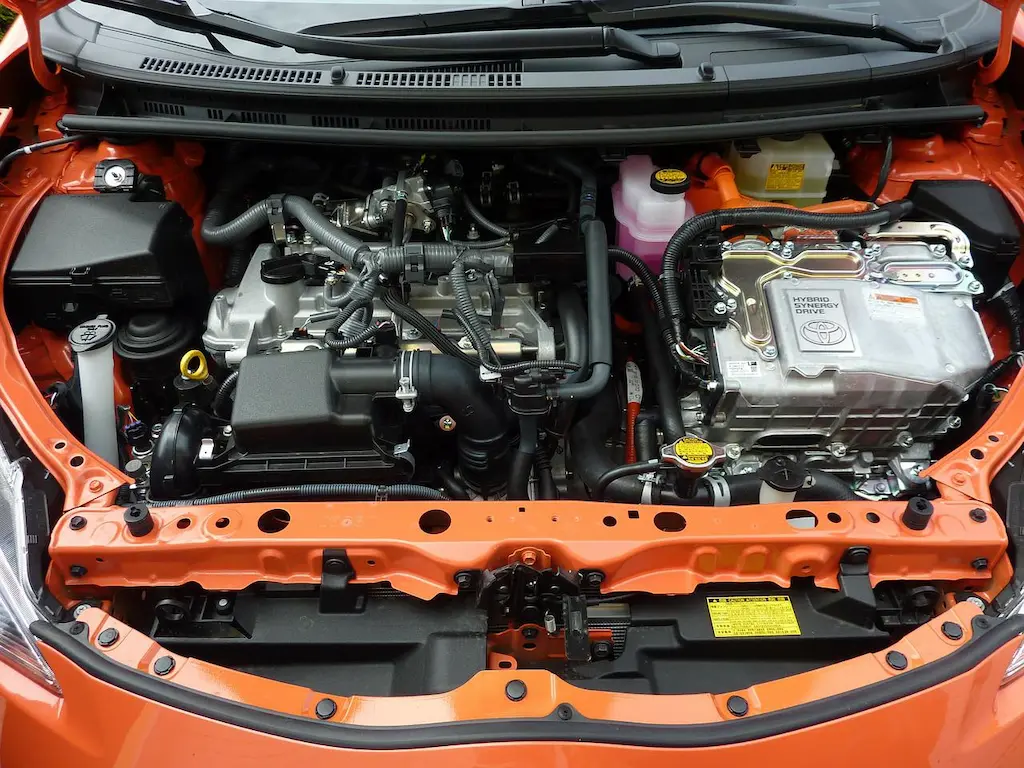
Warning Signs of Traction Battery Problems
Early detection of battery issues can prevent complete failure. Watch for these warning signs:
- Rapid swings in the state of charge display
- Decreased acceleration performance
- Reduced regenerative braking capacity
- Lower than normal fuel efficiency (in hybrids)
- More frequent protection messages
These symptoms often indicate one or more battery modules are performing worse than others. Modern battery packs contain hundreds of individual cells grouped into modules. When some cells degrade faster than others, the entire pack’s performance suffers.
Battery Management Systems: Your Silent Protector
The unsung hero of traction battery protection is the Battery Management System (BMS)—sophisticated software continuously monitoring and protecting your battery.
The BMS performs several critical functions:
- Monitors individual cell voltages and temperatures
- Balances charge between cells for uniform performance
- Regulates charging patterns to minimize degradation
- Calculates accurate state of charge and health
- Controls thermal management systems
- Implements protection protocols when threats detected
This computer system creates operational boundaries that prevent you from accidentally damaging your battery through normal use.
Best Practices to Extend Traction Battery Life
Daily Habits That Make a Difference
- Avoid frequent rapid acceleration and hard braking These actions cause high current flows that generate heat and stress battery cells.
- Park in moderate temperatures when possible Garage parking in extreme weather helps maintain optimal battery temperature.
- Maintain charge between 20-80% for everyday use This range minimizes stress on battery chemistry. Save 100% charges for long trips.
- Use scheduled departure features This allows the vehicle to optimize battery temperature while still connected to power.
- Keep software updated Manufacturers frequently improve battery management algorithms through updates.
Before Car Washes or Neutral Operation
- Ensure adequate charge (at least 50% recommended)
- Minimize accessory usage during automatic car washes
- Shift to Park position whenever the vehicle is stopped
- Follow manufacturer car wash guidelines specific to your model
The Science Behind Battery Degradation
Understanding why batteries degrade helps explain protection mechanisms:
Lithium-Ion Chemistry
Most modern traction batteries use lithium-ion technology, where lithium ions move between positive and negative electrodes during charge and discharge. Over time, several processes reduce capacity:
- SEI Layer Growth A solid electrolyte interface forms on electrodes, consuming lithium and increasing internal resistance.
- Lithium Plating Fast charging or charging in cold temperatures can cause lithium to plate onto electrodes rather than intercalating properly.
- Active Material Loss Repeated cycling causes tiny particles of electrode material to become electrically isolated.
- Electrolyte Degradation The liquid medium allowing ion movement breaks down over time, especially at high temperatures.
Protection systems aim to minimize these processes by creating operational boundaries.
The Cost of Ignoring Protection Warnings
Repeatedly ignoring traction battery protection warnings can lead to:
- Accelerated Capacity Loss Battery capacity can degrade 2-3 times faster than normal.
- Reduced Performance Lower power output and decreased efficiency.
- Shorter Overall Battery Life Potentially cutting years off expected lifespan.
- Expensive Repairs Traction battery replacement costs $5,000-$15,000 depending on the vehicle.
- Compromised Safety In extreme cases, damaged batteries can pose thermal runaway risks.
How Manufacturers Differ in Protection Approaches
Not all vehicle manufacturers implement battery protection the same way:
| Manufacturer | Protection Approach | User Control |
|---|---|---|
| Tesla | Dynamic buffers that change with battery age | Moderate – allows charge limits but no discharge limits |
| Toyota | Conservative fixed buffers with early warnings | Limited – automatic protection with minimal user settings |
| Chevrolet | Larger buffers with thermal prioritization | Limited – automatic systems with minimal user input |
| Hyundai/Kia | Sophisticated thermal management with cell-level monitoring | Moderate – some user-adjustable settings |
Understanding Vehicle-Specific Protection Messages
Different vehicles display different messages when protection activates:
| Vehicle | Common Protection Message | Typical Trigger |
|---|---|---|
| Toyota RAV4 Prime | “Traction Battery Needs to be Protected” | Extended neutral position, low charge |
| Tesla Model 3/Y | “Battery heating” or “Battery is being conditioned” | Cold temperatures before charging |
| Chevrolet Bolt | “Propulsion power is reduced“ | High/low temperatures, low charge |
| Ford Mustang Mach-E | “Vehicle plugged in – Energy storage can’t be accessed” | 12V battery maintenance while charging |
Real-World Protection Success Stories
Protection systems save batteries daily. One owner reported: “My battery had a module performing much worse than the rest. Under load, its voltage would drop more than others. The protection system detected this before complete failure, allowing me to replace just the failing module instead of the entire pack.”
Another shared: “During an unexpected freeze, my EV wouldn’t fast charge. I was frustrated until I learned the protection system was preventing potential lithium plating. That temporary inconvenience likely saved thousands in battery damage.”
By understanding and respecting your vehicle’s protection systems, you’ll maximize battery life and maintain optimal performance for years to come. When you see “Traction battery needs to be protected,” it’s not an annoyance—it’s your vehicle’s sophisticated systems working to save you money and extend your battery’s lifespan.

